Ancient humans used cave in Spain as burial spot for 4 millennia, 7,000 bones reveal
The bones show burials from the Neolithic until the Bronze Age, and the researchers think the cave may have even been used by Neanderthals.
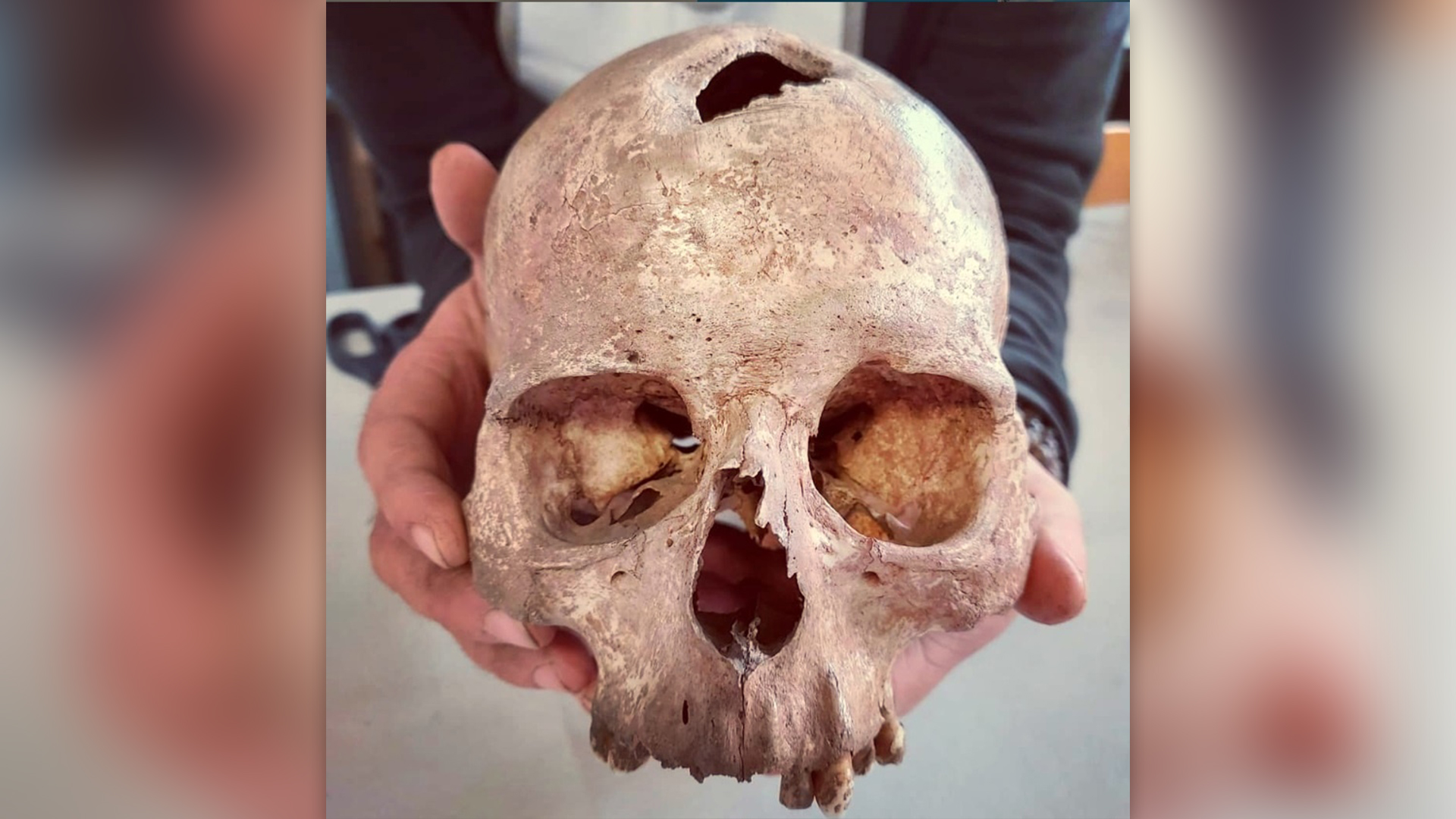
Starting about 7,000 years ago, ancient humans in what is now northeastern Spain buried their dead deep in a cave, creating a necropolis of sorts that spans about four millennia and now contains more than 7,000 bones, according to archaeologists. And there are signs it may have been used for tens of thousands of years before that.
The Cova dels Xaragalls (Cave of the Ravines) was "a collective burial place," archaeologist Antonio Rodríguez-Hidalgo, a researcher at the Catalan Institute of Human Paleoecology and Social Evolution (IPHES) and the Merida Institute of Archaeology, told Live Science in an email.
He said people were buried in communal graves within the cave starting about 7,000 years ago, during the late Neolithic or New Stone Age, though most of the Chalcolithic ("Copper-Stone") period and throughout the Bronze Age, which ended in Spain about 3,000 years ago.
Related: Highest-ranking person in Copper Age Spain was a woman, not a man, genetic analysis shows
An analysis of the grave goods buried with the dead — typically ceramics, flint tools and necklaces — suggests that high-status individuals were buried alone in the cave during the late Chalcolithic and Bronze Age, while communal burials within the cave were still used for people lower in society, the researchers found.
Grave goods were especially abundant during the Bronze Age, when some individuals were buried with rich collections of weapons and other items, Rodríguez-Hidalgo said.
One of the Bronze Age skulls has a hole in the cranium made by a trepanation; this individual seems to have suffered from several illnesses, and this may have been an attempt at a cure, he said.
Sign up for the Live Science daily newsletter now
Get the world’s most fascinating discoveries delivered straight to your inbox.
However, "we also know that [he or she] did not survive the intervention since there is no bone regeneration in the hole," Rodríguez-Hidalgo said.
This is the only trepanated skull found in Cova dels Xaragalls so far, but more than 100 trepanation scars have been found on other prehistoric skulls from Spain, he said.
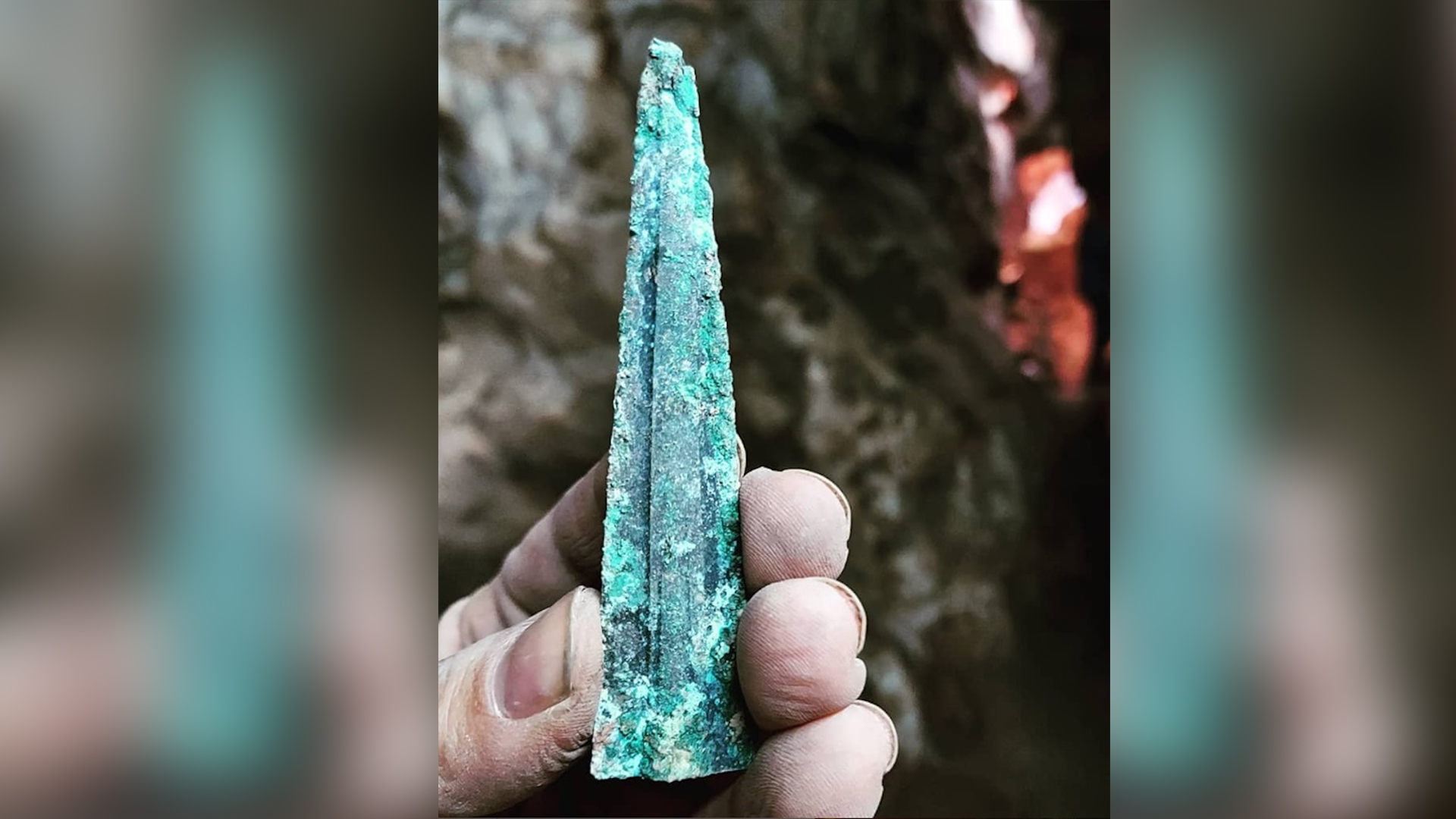
Neanderthal connection?
The Cova dels Xaragalls is in the mountains about 56 miles (90 kilometers) west of Barcelona. It was excavated several times during the 20th century and in 2008; Rodríguez-Hidalgo and his colleagues from IPHES excavated more of it in December 2023.
In addition to indications that the cave was used for burials from the Neolithic until the Bronze Age — a span of roughly 4,000 years — the latest excavations revealed bones of wild goats and charcoal in part of the cave that have been dated to more than 45,000 years ago. At that time, the region was inhabited by Neanderthals; paleoanthropologists think anatomically modern humans — Homo sapiens — replaced Neanderthals throughout Europe by about 40,000 years ago, although modern genetics shows they sometimes interbred.
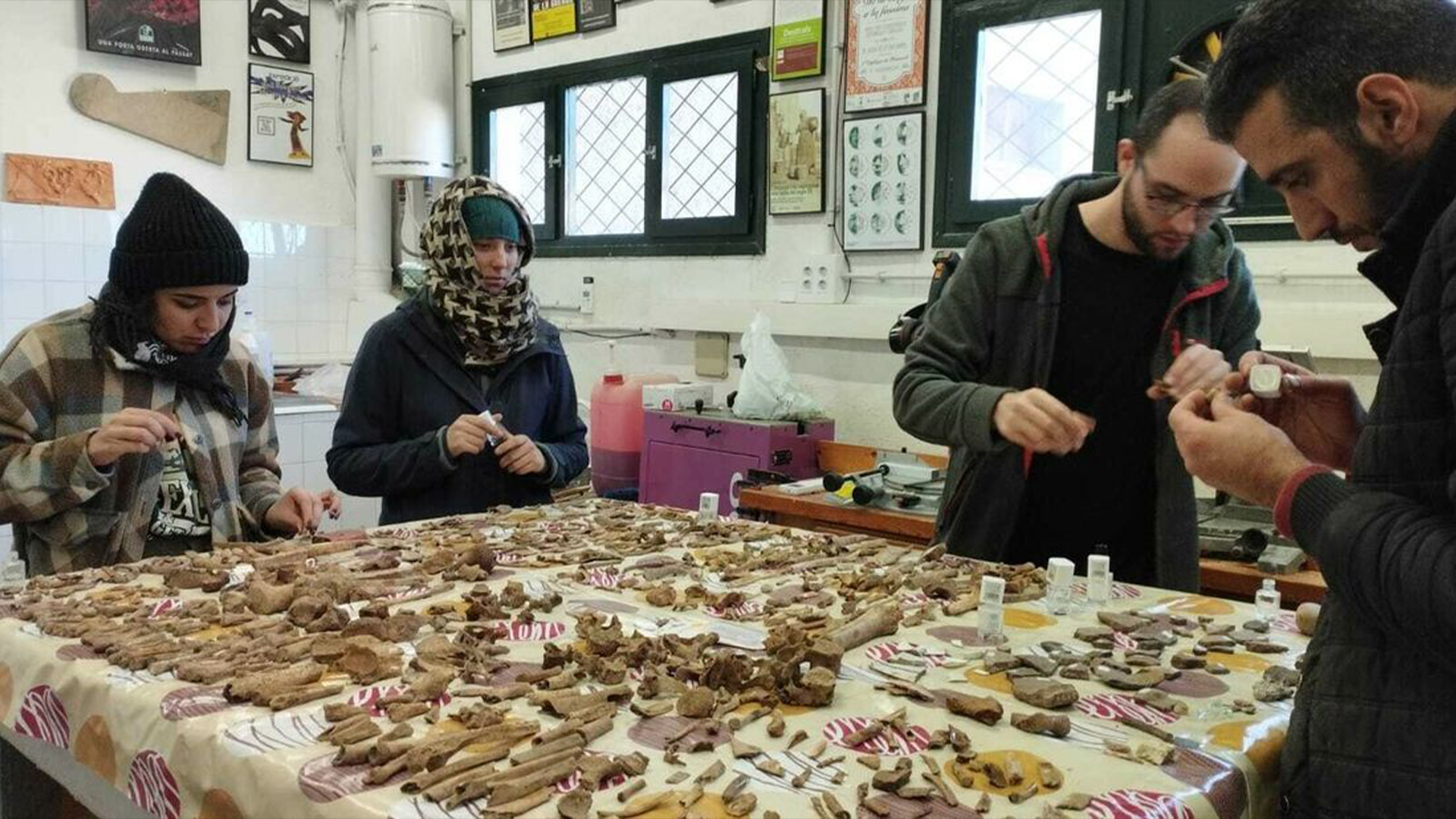
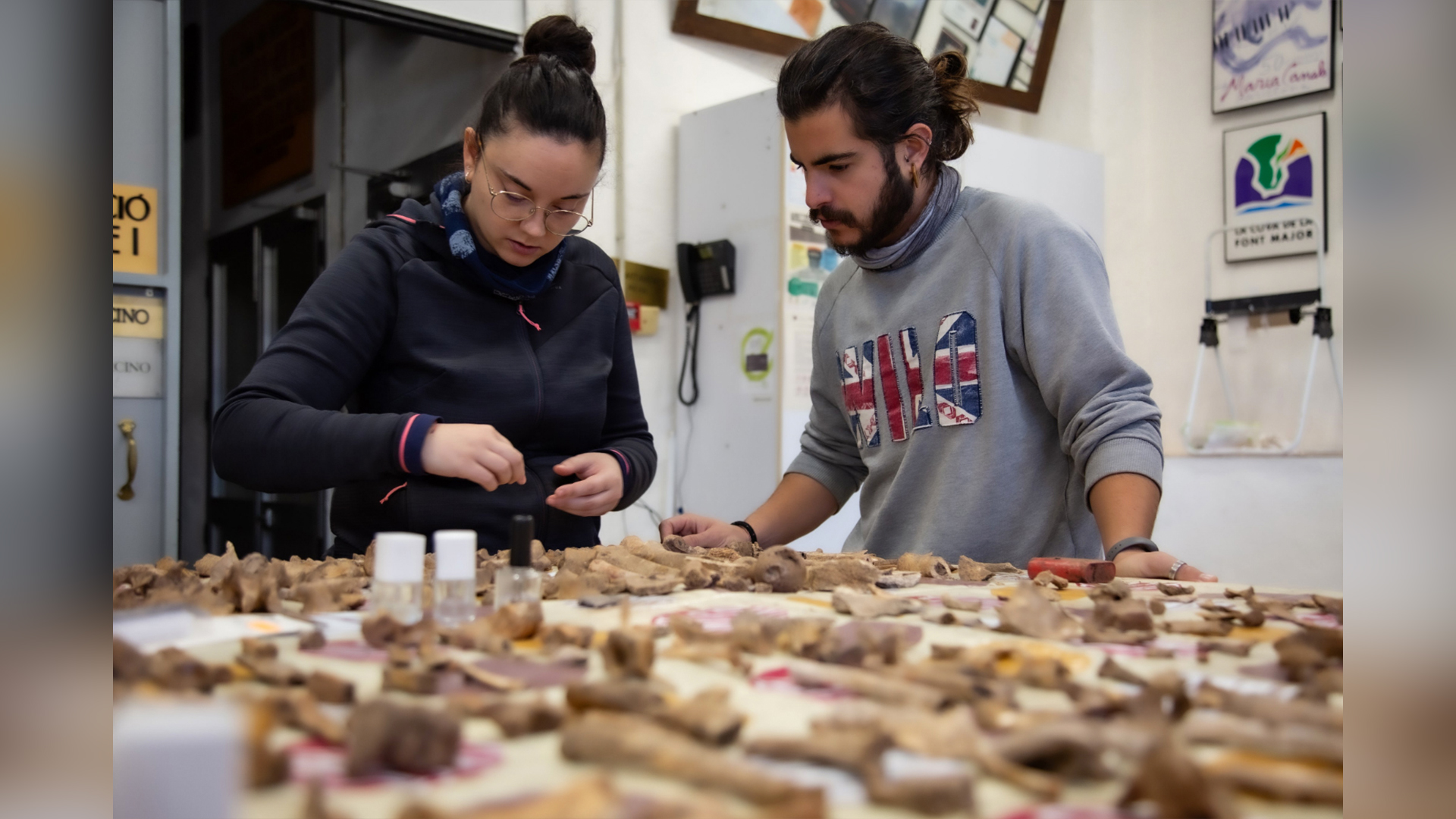
"This opens the possibility that Neanderthals could have used the cave as well," Rodríguez-Hidalgo said. "This is something to confirm."
It's not clear whether the cave was used continually for burials, or if it was used by various groups in different periods.
"At the moment, we have a few dates that allow us to understand that the cave was used as a tomb for millennia," Rodríguez-Hidalgo said. "Now we have to resolve whether it was continuous or not — we need to undertake a comprehensive radiocarbon dating to clarify this point."
Burial place
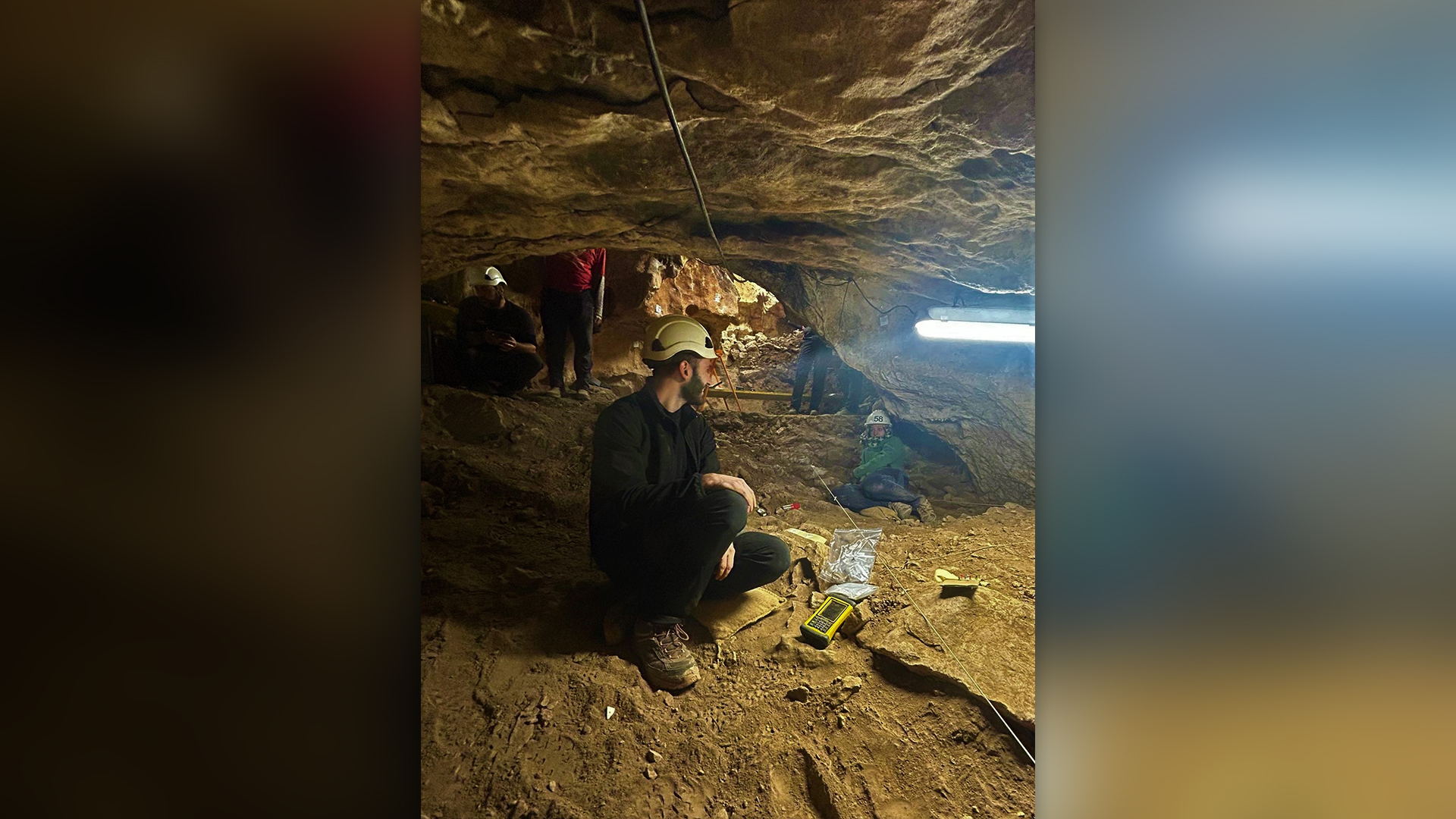
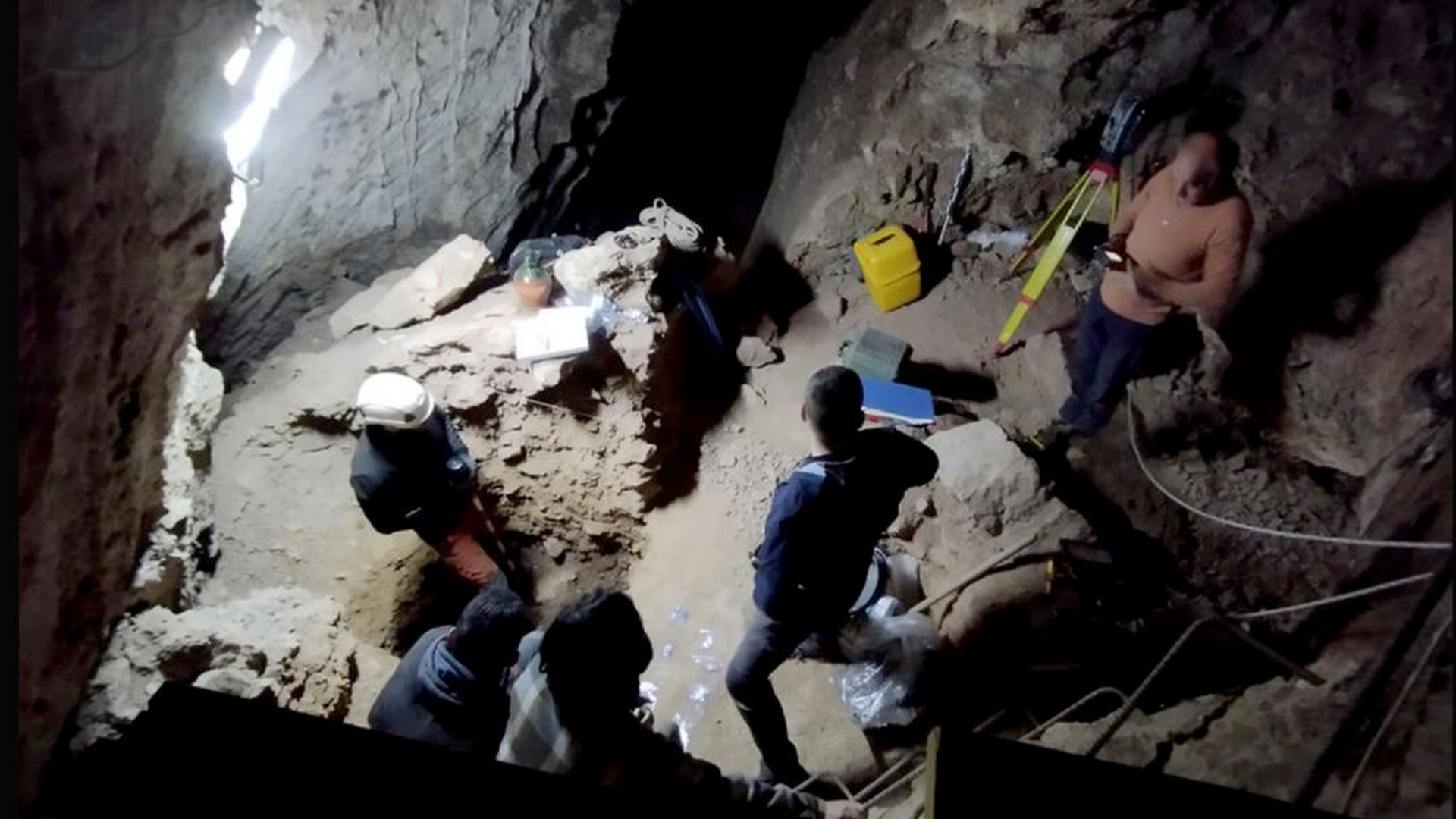
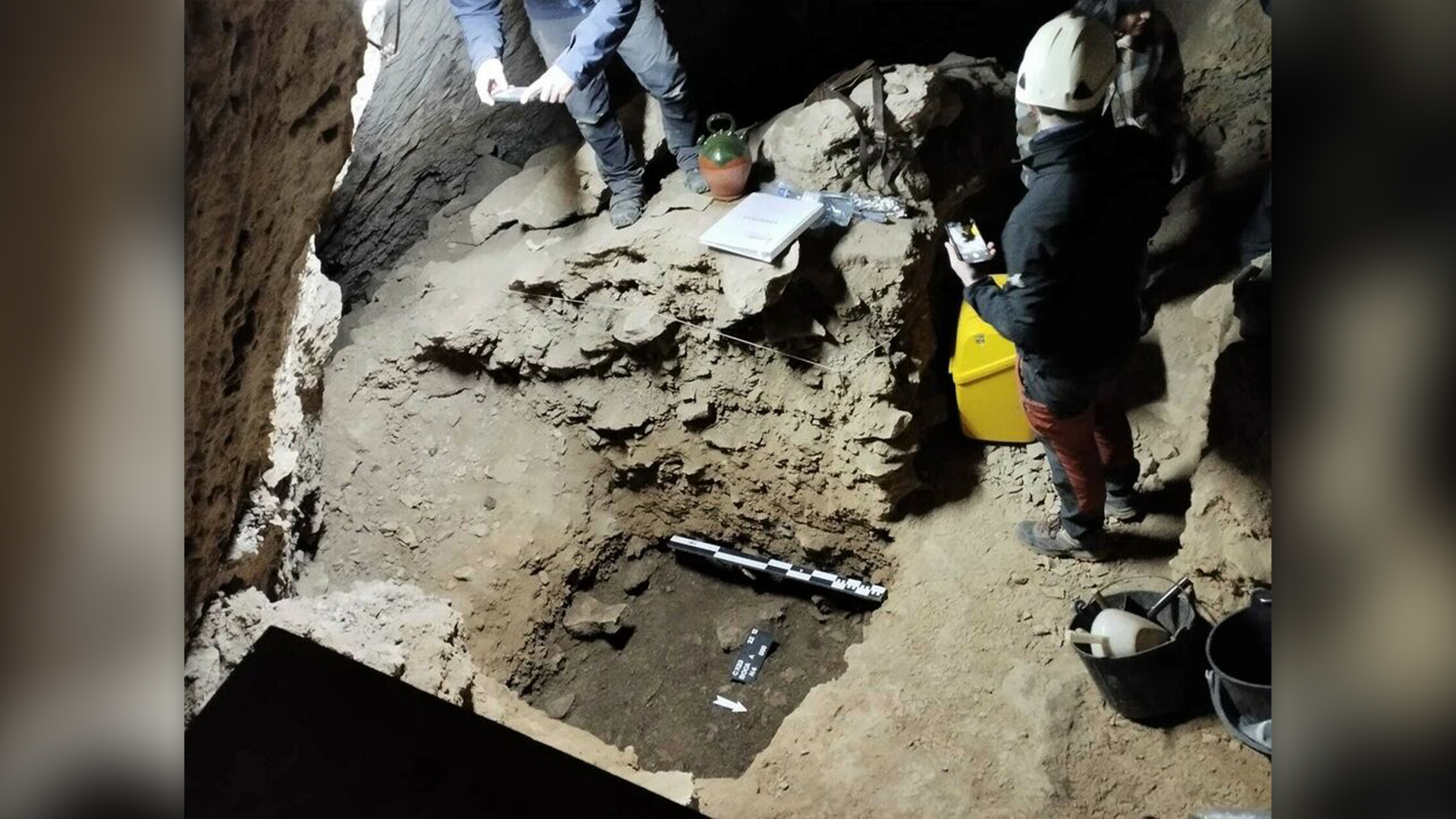
The latest discoveries can help chart how burial customs have changed over time. And although many details of the burials have varied over the millennia the cave was used for this purpose, each grave seemed to be given its own burial place, Rodríguez Hidalgo said.
"The people who lived in the fertile areas of the valleys had to climb a small mountain with the bodies of the dead to put them there," he said, adding that it seemed that different groups, from the Neolithic until the Bronze Age, respected the earlier burials.
The IPHES archaeological team plans to return to Cova dels Xaragalls this month.
"We are doing ancient DNA analysis, ceramic analysis, paleoanthropological studies, and [analyzing] the composition and origin of the metals we have found as grave goods," Rodríguez-Hidalgo said. Because the cave was used for burials for such a long time, "this is an important place," he said.
Editor's Note: Updated at 11:53 a.m. EST to update Antonio Rodríguez-Hidalgo's title.
Tom Metcalfe is a freelance journalist and regular Live Science contributor who is based in London in the United Kingdom. Tom writes mainly about science, space, archaeology, the Earth and the oceans. He has also written for the BBC, NBC News, National Geographic, Scientific American, Air & Space, and many others.









